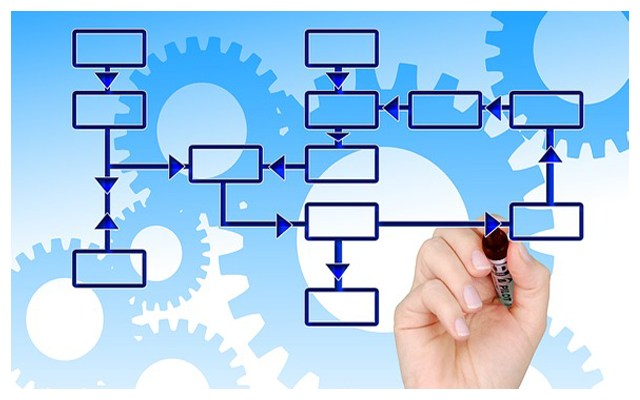4 Things to Consider When Adopting Lab Automation

This list aims to address some of the key challenges and ‘steps to success’ when implementing lab automation.
1. Handling resistance to change

Challenge: Keeping abreast of the latest technologies within the laboratory environment is important, to ensure the results you are producing are being generated efficiently, cost effectively and in a reproducible manner. However, getting your staff ‘on board’ with necessary change can be challenging and many often face resistance.
Steps to success: Communication is key. Prepare staff way in advance, explain why the change is required and the benefits of adopting the new system. Have a clear implementation road map to hand, and prepare yourself for questions. One of the most important considerations is training. Staff should be fully trained and ongoing support must be provided pre- and post-installment. It may be a good idea to designate one member of staff to attend extensive training, to strengthen in-house expertise rather than solely relying on external technical support, which can be costly.
2. Automating existing processes

Challenge: Is the current process, the best process? Consider whether you may be replacing an inefficient manual process with an inefficient automated one. Transitioning a ‘bad’ process is a waste of time and energy. Analyze, evaluate and streamline current protocols, test and validate revised processes and ensure staff are comfortable with these revisions before shifting to an automated version.
Steps to success: Optimize procedures and processes before implementing the system to ensure that the automated version is as efficient as it can be. Ensure these are tested and validated and all staff are trained before transitioning from manual to automated processes. This avoids having to potentially reprogram processes further down the line, which could disrupt lab functionality. Seek advice from, and discuss your requirements with the external automation vendor, throughout the planning and implementation phase of the project.
3. Compatibility with existing equipment

Challenge: Choosing a compatible system that is easy to integrate with existing equipment can be difficult. Especially, if your existing systems (e.g. LIMS, ELNs, liquid-handling robots) are supplied by a variety of vendors. You will need to investigate whether they are compatible with the automated systems you are considering.
Steps to success: Speak to your existing and potential automation and robotics vendors, to guarantee compatibility and minimize workflow issues. Explore different automated systems to confirm that your chosen system is fit for purpose. You may need to speak to additional project experts as well as selected product vendors as some vendors, particularly if they are solely product supply focused, may not have the internal expertise to guide an organization through a robotic process automation (RPA) implementation project. Consider whether existing platform upgrades are necessary for them to become compatible, this could be an additional cost. If there are other laboratories with the system already in place, contact them to learn about their experiences with the vendor and product.
4. Maintaining an operational lab whilst transitioning

Challenge: The level of disruption will depend on whether you are able to schedule the installment of systems out of hours, but in some cases (e.g. 24-hour laboratories) this may not be possible. Another consideration is whether the new system is to be installed in the existing lab or whether you are moving to a new space. Installing systems in a new space circumvents the need to rearrange the current layout, avoiding the need to ‘reorganize’ people.
Steps to success: Create a step-by-step implementation road map, that includes key milestones. This should be distributed to staff to maintain overall awareness of project timelines, allowing you to manage staff expectations and minimize disruption. Train staff on new processes in stages and implement a gradual transition. You may wish to duplicate processes (i.e. perform the procedure manually and via the new system simultaneously) for a period, to compare results and confirm data reproducibility. Once you are confident with the automated system, you can cease manual protocols. Staff should have access to the new protocols and risk assessments.







